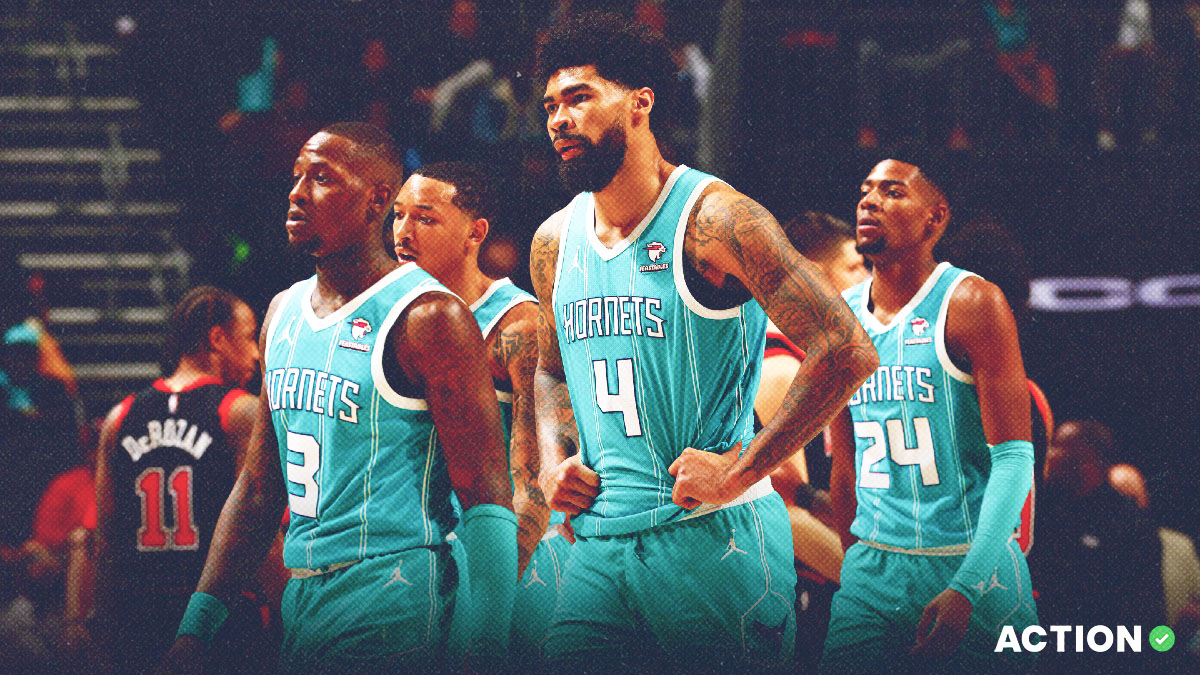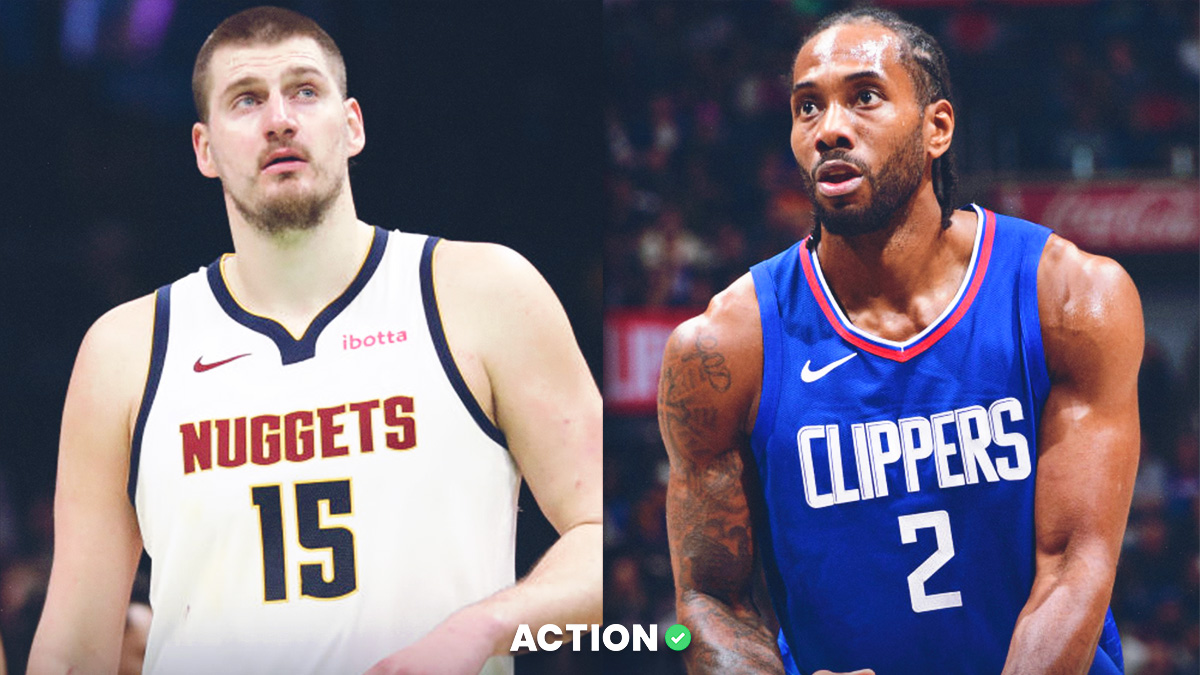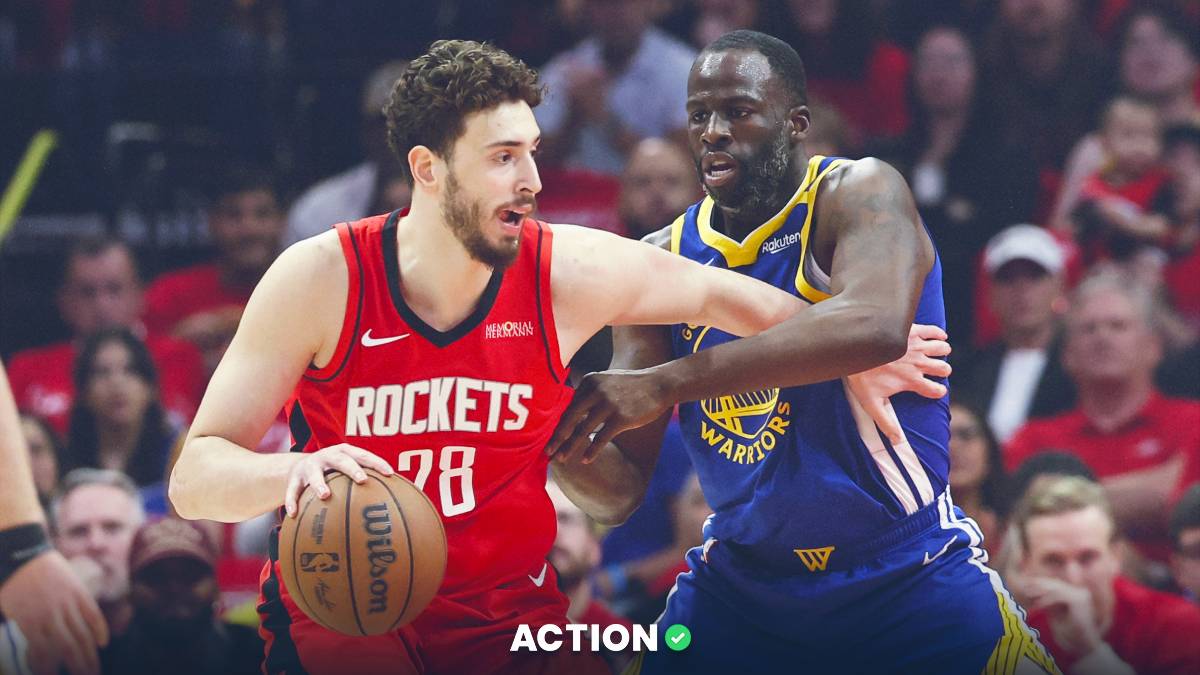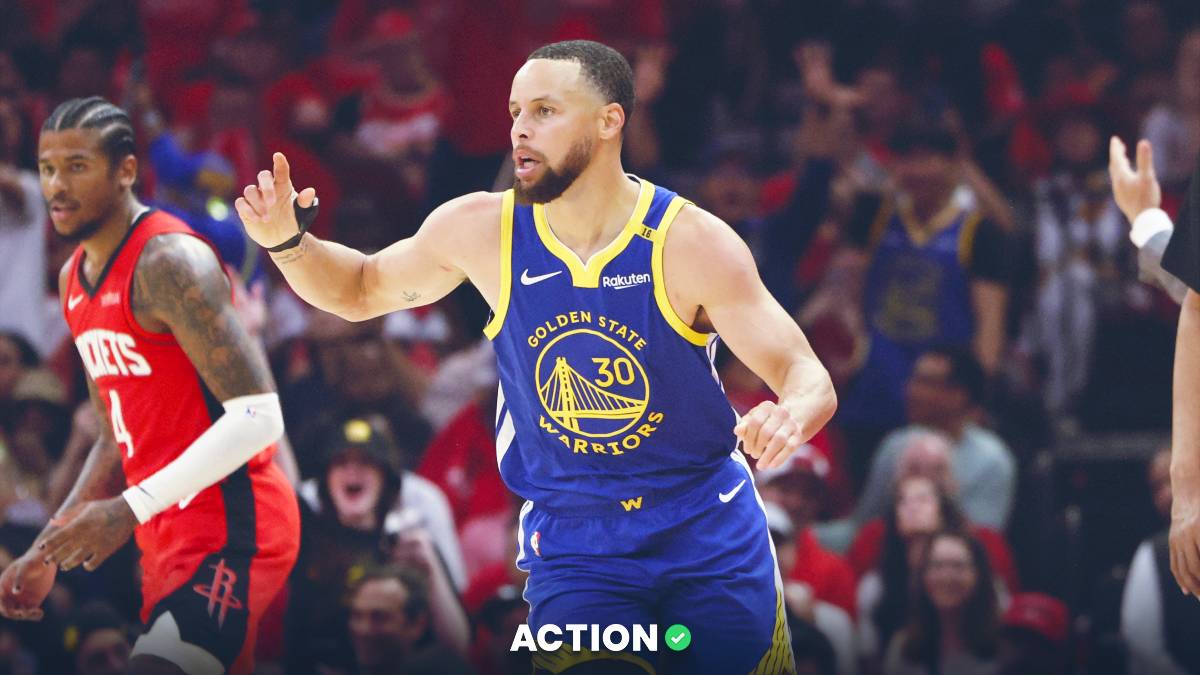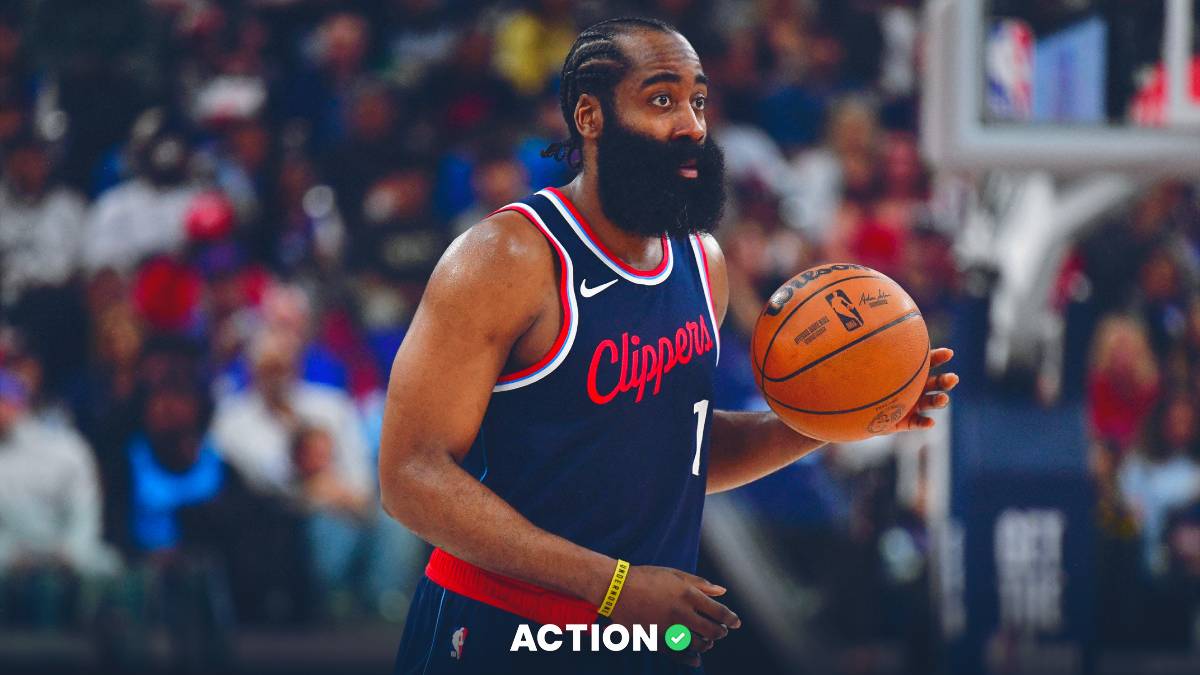Welcome to the dog days of the NBA.
Teams try to shoot out of the gate to start the season. Early season struggles create a sense of urgency in December to catch up. By January, teams fall into four categories:
- The Season Is Over: You are not as good as you thought in the preseason and will not be able to compete, or injuries have robbed you of your chance. Better luck next year; time to pivot toward draft positioning. (Charlotte Hornets)
- Let's Just Survive: You're not good. You know you're not good, but maybe you can find something late in the season and make a run. Two Play-In teams made the conference finals, after all. (Golden State Warriors)
- Make Hay While The Sun Is High: You're destroying everyone and loving it. Keep crushing teams because you're building toward something special. (Oklahoma City Thunder)
- The Hard Part Is Done: You're a championship contender, and you've proven it. You're going to get a top-five seed, and you're live to win the title. You can cruise and manage the schedule from here on out. You're not trying to blow teams out; you're trying not to lose ground and be ready for April. (Denver Nuggets)
Are you in North Carolina? With North Carolina sports betting coming online in 2024, you’ll be able to bet legally at major sportsbooks. Learn more.
Over the past 20 seasons, the month of January has the second-highest average margin of victory of any month in the calendar behind March, when teams are outright resting, tanking or both.
But if it's seems like there's a crazy amount of blowouts lately, it's not just your imagination.
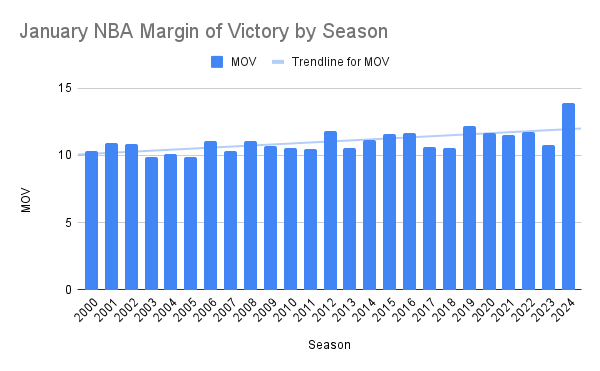
The average margin of victory in January in the past 24 seasons is 10.9. The average margin of victory in the NBA this season in January is 13.9. That's a huge differential. It also reflects the extreme end of a trend we've seen this season: There are just more blowouts.
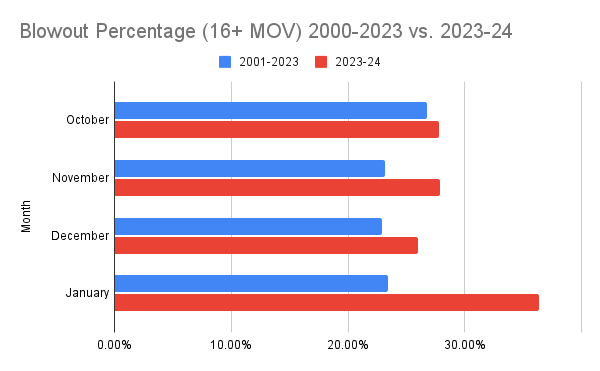
That's right. We're seeing 36% of all games in January with a margin of victory of more than 15 points. Over a third of the games every night wind up being up completely uncompetitive.
And, of course, if teams are winning by more, they're covering by more.
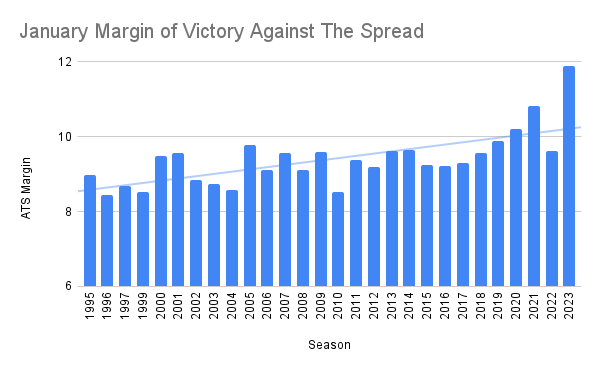
If you sold four points on ATS winners this month, you would have hit on 74.5% of all games. Now, obviously, hitting the ATS winner is the hard part, but the margin is wide right now.
Fifty out of 70 favorites who have covered in January covered by four or more points.
So what's the cause of all these blowouts? Without knowing the definitive answer, there are several culprits we can suspect.
- The In-Season Tournament: Now, as seen above, blowouts are each month this season vs. historical averages. But the In-Season Tournament made players push a little harder in November than previously. There may be a letdown now with being so far removed from games that mattered a little more.
- Three-Point Variance: Among teams that covered the spread, those teams made more threes than their opponents 62% of the time this season. When a team has won by more than 15 points, they have hit more threes in 148 out of 178 games (83%). More threes is always going to lead to wider outcomes, and teams are making more threes per 100 possessions than ever before.
- Parity: Parity has created wider night-to-night gulfs rather than season-long ones. The league is more competitive, on average, than we typically see, with no real super-dominant squad that feels inevitable (think the mid-2010 Warriors or late-2000s Celtics). But night to night, the outcomes are much different. In games with a spread inside four points, the average margin of victory for the winning team was 9.7. This season it is 11.3. So we're seeing even in games that are projected to be close, the winning team wins by more.
This trend is also only likely to get worse. February is a weird month with players distracted by the trade deadline and All-Star Weekend plans, then getting back into rhythm, often with new teammates. But March is when we see the most blowouts, predictably, as teams start to sit players to protect them for next season and prioritize draft positioning, while other teams start resting players and injuries continue to pile up.
We'll still get the occasional great game, but more and more, one team "has it" each night, and the other doesn't.
As for rest, there is a higher percentage of back-to-backs so far in January than since 2018-19 (excluding the COVID-shortened 2020-21 season) by about three percentage points, but that's to be expected with the In-Season Tournament clearing out games. There's been a condensation of the schedule up front for many teams to allow more spaced-out play in the back half of the season without a real reduction in back-to-backs.
Then again, maybe all of this is just one of those seasons. Either way, if it feels like you're seeing a lot of complete blowouts in the NBA this season, you're not crazy. The National Blowout Association is in full effect at the midway point of the season.


